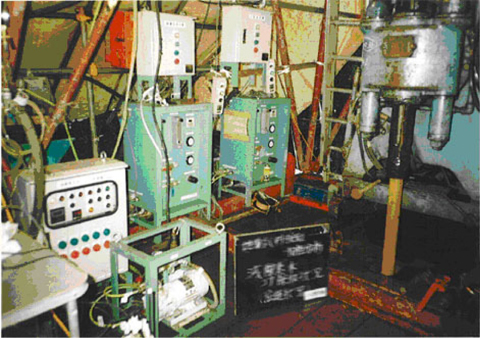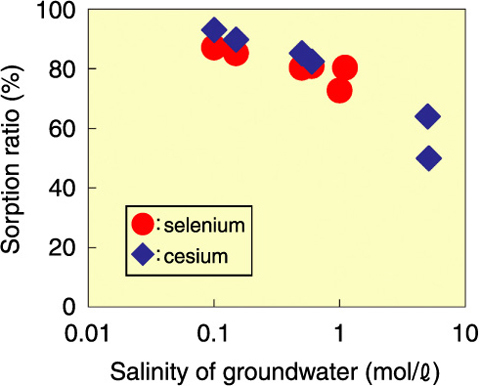
Fig.6-20 Collection of rock and groundwater samples

Fig.6-21 Influence of salinity on the sorption of selenium
In Japan, high-level radioactive waste (HLW) is vitrified, encapsulated in a metal container called an overpack, surrounded by engineered buffer material, and emplaced in a repository constructed in stable rocks at a depth of 300 m or greater. In safety assessments of this disposal system, the possibility that long-lived radionuclides may be leached from the wastes and may subsequently be transported through surrounding rock masses must be considered. Retardation of radionuclide migration by sorption onto a host rock is one of the main geologic factors that influence the performance of a radioactive waste disposal system. It is therefore necessary to evaluate the sorption of radionuclides in rocks surrounding the repository. Since the chemical conditions deep underground are likely to be anoxic, it is possible that the sorption behavior of radionuclides under disposal conditions is different from that under atmospheric conditions. In addition, sorption behavior of radionuclides would change depending on the salinity of the groundwater.
In this study, sorption experiments were carried out under anoxic conditions to study the influence of salinity on the sorption of radionuclides. The rock and groundwater samples employed were collected with special care to avoid exposure to the air (Fig.6-20). The experiments were performed in an argon gas atmosphere glove box (O2 < 1 ppm).
Fig.6-21 shows the sorption behaviors of selenium and cesium, which are the dominant long-term radiological hazard in safety assessment calculations for hypothetical HLW. The sorption ratio of selenium, which forms low sorbable anionic species in groundwater, was as high as cationic cesium, suggesting a specific bonding of selenium species with surface sites of rocks under anoxic conditions. The influence of salinity on the sorption of selenium was slightly negative, but the effect was not striking.
We demonstrated the sorption behavior of radionuclides on rocks under anoxic conditions and confirmed that the sorption was not inhibited even at high salinity. Sorption data for radionuclides on rocks under disposal conditions have thus been obtained and accumulated for reliable radioactive waste disposal safety assessments.
This research project has been conducted as regulatory-supporting research funded by the Nuclear and Industrial Safety Agency (NISA), the Ministry of Economy, Trade and Industry (METI).